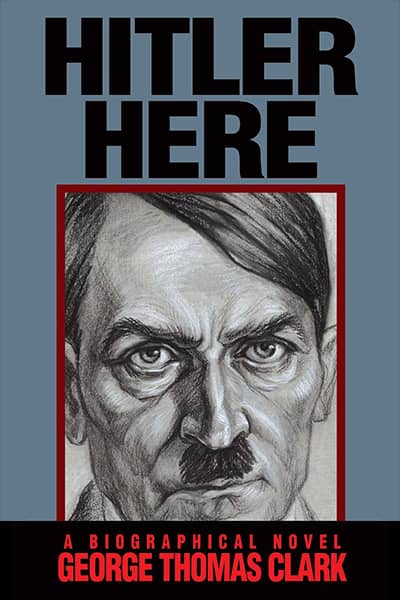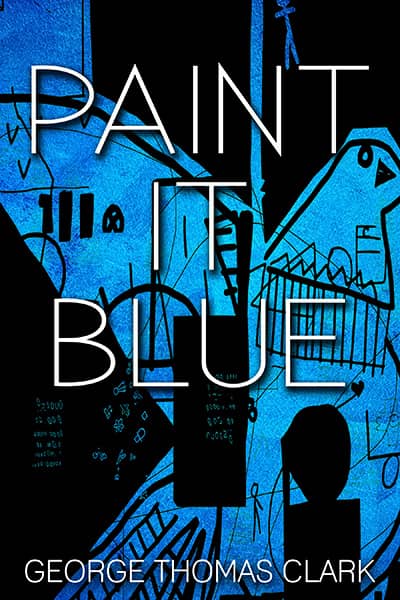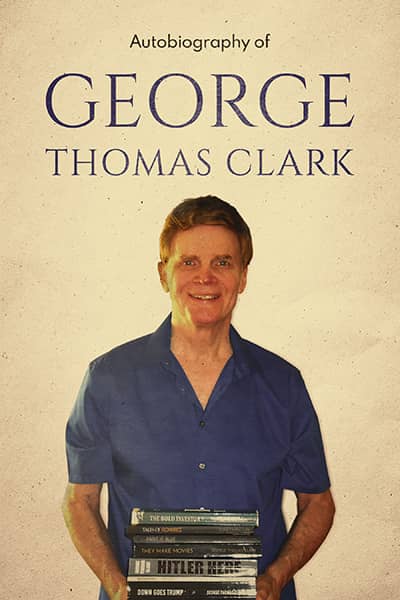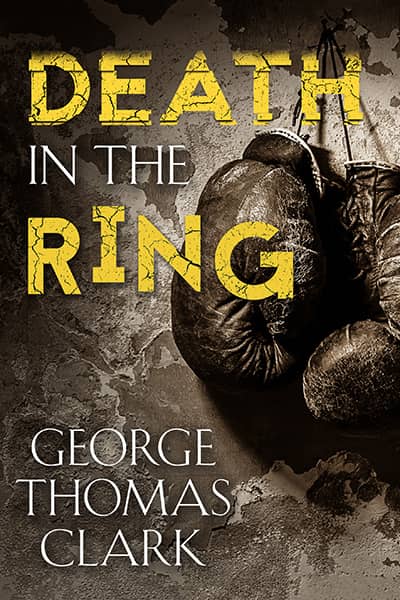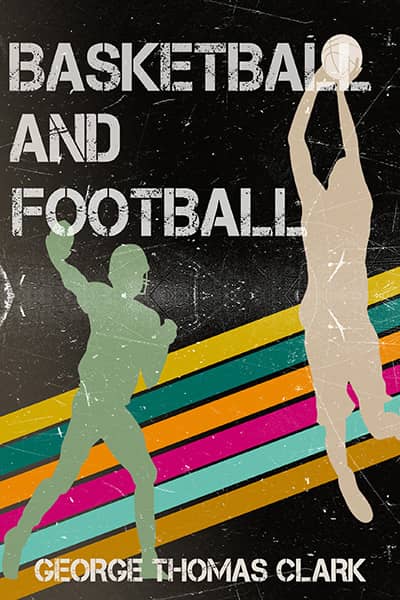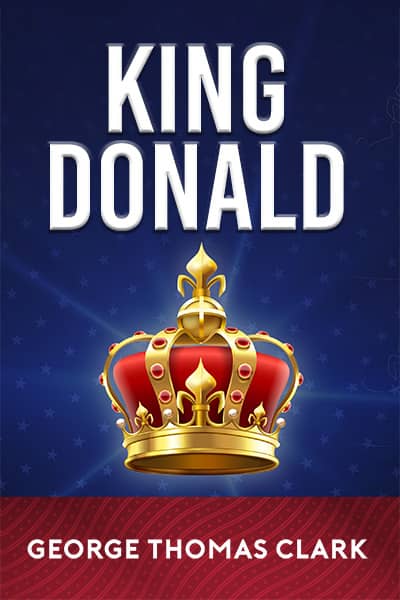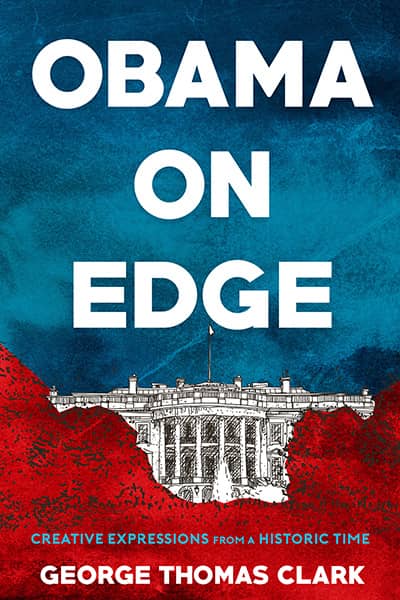Rev. Al Sharpton in the Pulpit
July 3, 2007
Later on we’ll talk about Al Sharpton the bold political activist and brazen race baiter, the man who strives to build communities and the one who’s addicted to public controversy. Right now it’s Sunday morning and none of that matters. Reverend Al has come to Bakersfield and is somewhere in the church. The pews are full, the band’s playing, singers are rocking, and the congregation’s clapping as Sharpton walks out, bible in hand, and sits in an armchair on the pulpit, his home since age four when he became the Wonder Boy Preacher. He watches noncommittally while recent junior high, high school, and college graduates are introduced and their ambitious plans are presented. Then Pastor Martha Johnson rhapsodizes that Sharpton became a licensed minister at age 10, and motions for everyone to rise as the prodigy steps to center stage where he waits for another song to dissolve and says be seated.
Speaking slowly in a voice that’s grown a little husky at age 52, Sharpton warms everyone up before he declares, “All of us have done enough wrong. If God just checked the record, none of us would see the next morning…Every day is a gift…Somehow while I slept last night a divine decision was made…If my enemies had a vote, I wouldn’t be here. If everybody likes you, something’s wrong with you…If everybody’s on your side, you haven’t taken a side…People don’t realize how despised Dr. King was when he was alive.”
Al Sharpton has often alluded to his similarities with Martin Luther King. Even passing into eternity won’t confer that much status on Sharpton, but, like King, he is an activist spawned by the church: “Anybody can be holy two hours a week. You will be judged by what you do outside of here. You don’t go to the gas station and fill up and then just sit there. You’re supposed to do something…You should have everything you want, but everyone else should too…You should want all these things so you can do something.”
“Yeah…right on…that’s right,” members of the congregation are starting to respond.
“It’s inspiring to see all these young people who want to be doctors, lawyers, and Supreme Court justices…If the community doesn’t recognize young people when they do something right, then they lose the moral authority to condemn them when they do something wrong…You can’t be something you don’t see yourself as…If you let other people define you, that’s what you’ll be…You’ll never arrive where you ain’t headed.
“I flew here last night from Kennedy Airport in New York City…I’ve never seen anyone go up to the cockpit and ask the pilot for his credentials. He could be a chipmunk up there…If you can put your life in the hands of someone you don’t know, you can trust God. Last night I had the faith to let God be the pilot.
“We all must have faith…to get back that hunger and drive (and know) that God will find a way…Don’t settle for being down. Even if you’re not responsible for being down, you’re responsible for getting up…If you don’t have the strength to get up, roll over and look up until you figure out how to get up. When I was down, God reached out (to me.)”
As with many gifted orators, the words Sharpton speaks aren’t as important as how he says them, and this charismatic fellow is delivering thunderbolts that make people jump and holler in the pews: “I was recently in Atlanta with the daughter of Medger Evers…Forty years ago he was murdered in his driveway (because he wanted equal rights for everyone.) He never got a chance to see his grandchildren grow up. In Birmingham four little girls were blown up by a bomb in a church. Four civil rights workers were killed in Mississippi. (But now, folks,) nobody’s bombing your churches and schools, so you got no right to walk through doors that people opened for you and not be grateful…
“If I went around this church, everybody could tell me who did something to him…My daddy left home when I was 10-years old. I was raised on welfare and ate peanut butter out of a tin can. I remember all the cheese, too. The welfare lady said to my mother, ‘I don’t know how you keep your house so clean. You must be hiding a man in here.’ After the lady left, my mother told me, ‘Don’t be mad. She’s right. The man in this house is Jesus.’”
The band, with well-timed drum rolls – rat-a-tap-boom – is backing Al Sharpton’s every declaration:
“I’ve been persecuted…
“He’ll make a way…
“Yes He will…”
It doesn’t matter…
At this point…
What I’m saying…
I’m a star…
And you’re thrilled…
I’m here…
If you think Al Sharpton gets publicity because he takes controversial (and sometimes inflammatory) positions, turn it around. His oratory earns him the floor, and when everyone’s looking he’s compelled “to do something.” He founded the National Youth Movement at age 15, was still a teenager when he began several years as road manager of the frenetically-talented James Brown, and he learned more about show business from flamboyant but not-always-forthright boxing promoter Don King. In the political ring Sharpton, who as a youth studied the dashing Harlem Rep. Adam Clayton Powell, ran for the United States Senate in 1994 against incumbent Daniel Patrick Moynihan and earned 26 percent of the vote. Three years later he garnered 32 percent in the Democratic primary of the New York City mayoral race. His latest project is to open the Bakersfield branch of National Action Network, an organization he founded to work on African American concerns about education, police misconduct, decency in the media, race relations, and AIDS. That’s a heavy agenda, the kind Al Sharpton has always craved.
In December 1986 three black men were riding through the Howard Beach section of Queens when their car broke down. After dining in a pizzeria, they emerged and were confronted by a mob of white teenagers who racially cursed them and chased them into traffic on the Belt Parkway where Michael Griffith was hit by a car and killed. Sharpton quickly organized his community and a week later led 1,200 primarily-black marchers through a horde of epithet-spewing whites in the streets of Howard Beach. Mayor Ed Koch called the crime a “racial lynching” and Governor Mario Cuomo appointed a special prosecutor. This was the first time many New Yorkers and most people in the United States had heard of Al Sharpton.
He was evidently so intoxicated by the publicity it soon shattered his judgment. In November 1987 Tawana Brawley, age 15, was discovered lying in a garbage bag in Wappingers Falls, New York. She had been smeared with feces, her clothes were ripped and burned, and racial insults written on her body in charcoal. Brawley accused six white men of raping her and holding her captive a few days. A vigorous investigation immediately began. Sharpton jumped onto the stage and, even as doubts emerged about Brawley’s honesty, he accused several law enforcement officials, including assistant district attorney Steve Pagones, of committing the crime. He also “compared state Attorney General Robert Abrams, a Jew, to Adolf Hitler (and) linked Governor Mario Cuomo to organized crime and the Ku Klux Klan.”
All the charges were preposterous. Forensic examinations proved Brawley hadn’t been raped or even assaulted, and her good physical condition indicated she couldn’t have been held captive outside a few days. Also, despite wearing charred clothes, no burns were found on her body. Furthermore, the upside down writing on her body indicated she’d scribbled the epithets herself. The feces found on her came from a neighbor’s dog. And some fellow students testified “she had attended a local party during the time of her supposed abduction.” At Steve Pagones’ press conference following his exoneration, Sharpton tried to barge in, shouting, “Your accuser has arrived.” Earlier he’d said, “We’ve stated openly that Steven Pagones did it. If we’re lying, sue us, so we can go into court with you and prove you did it. Sue us – sue us right now.” Pagones did indeed sue Sharpton and two accomplices – a fair characterization – for $150 million for defamation of character. The jury ruled Sharpton and the others had made defamatory statements and awarded Pagones $345,000. The $65,000 judgment against Sharpton was paid by friends. He still hasn’t apologized to Pagones. To do so, ghetto-proud Al claims, would be “all about submission” to white folk. Decency evidently isn’t a consideration.
Al Sharpton the Good reappeared after an August 1989 racial crime in the Bensonhurst neighborhood of Brooklyn. A mob of white youths pounced on and beat four black teenagers, and one of the assailants used a handgun to murder 16-year old Yusef Hawkins. Sharpton organized and led several marches through Bensonhurst where watermelon-holding residents bombarded protestors with shouts, “Nigger go home.” Several months later, when “one of two leaders of the mob was acquitted of the most serious charges,” Sharpton again protested with a march. And in January 1991, after other attackers received light sentences, Sharpton was once more preparing to march when a drunken resident, Michael Riccardi, rushed up and stabbed him in the chest. Despite sustaining serious wounds, Sharpton visited Riccardi in jail, telling his assailant that as “part of the generation of leaders after Martin Luther King, I have to be big enough to accept redemption.” At the trial Sharpton urged the judge to be lenient. Riccardi received a sentence of five to 15 years and eventually served eight. Sharpton visited him in prison where a contrite Riccardi asked to be forgiven.
Only seven months after his stabbing, Sharpton would have another opportunity to examine the choice between redemption and retribution. In the Crown Heights section of Brooklyn, Yosef Lifsh was behind the wheel of a station wagon, trying to keep up with the police-escorted motorcade of the Grand Rabbi of Lubavitch, Menachem Schneerson. At an intersection his car collided with one coming from the side, and Lifsh’s car careened onto the sidewalk and struck two seven-year old Guyanese children, Gavin Cato and his cousin Angela. Lifsh jumped out to administer aid to the seriously injured youngsters, but a crowd soon gathered and robbed and beat him.
When a private ambulance from a Jewish company arrived, police, who’d also just come on the scene, ordered the driver to take Lifsh away not only for his safety but that of the now-besieged volunteer ambulance workers. A city ambulance had already been called, and soon arrived and took Gavin Cato to the hospital, but the child died. Blacks accused the police of racism and unequal treatment for the victim. Three days of rioting erupted. Fires were ignited, shops were looted, a police car was overturned, 110 people were arrested, blacks gathered in front of Lubavitch headquarters, yelling “Heil Hitler,” and a mob surrounded rabbinical student Yankel Rosenbaum who was then stabbed to death by 16-year old Lemrick Nelson. The assailant would later in court describe himself as the “victim.”
Sharpton did not incite the riots. Tensions had long festered between blacks and Jews in the area, and members of each group had been set upon and either severely beaten or killed. But “Reverend 911” did not cool tensions. At Gavin Cato’s funeral he inveighed: “What type of city do we have that would allow politics to rise above the blood of innocent babies?…Talk about how Oppenheimer in South Africa sends diamonds straight to Tel Aviv and deals with the diamond merchants right here in Crown Heights…All we want to say is what Jesus said: If you offend one of these little ones, you got to pay for it. No compromise. Pay for your deeds…It’s no accident that we know we should not be run over. We are the royal family on the planet. We are the original man. We gazed into the stars and wrote astrology. We had a conversation and that became philosophy…We will win because we are right. God is on our side.”
Hallelujah, and remember during that period Sharpton also said, “If the Jews want to get it on, tell them to pin their yarmulkes back and come over to my house.”
In 1995 it was still doubtful Al Sharpton had forgiven New York’s large and prosperous Jewish community for, in fact, being large and prosperous. Ground zero started at Freddie’s Fashion Mart, a business owned by Freddie Harari, a Jew whose rent was raised by his landlord, a “black Pentecostal Church, the United House of Prayer.” Harari in turn raised the rent of his subtenant, who by chance was black and had to move. An outraged Sharpton organized rallies to intimidate Jewish customers and bellowed, “There is a systematic and methodical strategy to eliminate our people from doing business…I want to make it clear…that we will not stand by and allow them to move this brother so that some white interloper can expand his business.” Following three months of tormenting tactics, a deranged protestor, Roland Smith, charged into the store, shouting, “It’s on now. All blacks out.” He shot several people, burned the store down, then put a gun to his head, making himself the eighth victim.
This time Sharpton conceded he’d erred but only in noting the “interloper” was “white.”
Nevertheless, by the turn of the century Sharpton’s dynamism and political clout had coalesced with more moderate behavior to make him an essentially mainstream figure. Perhaps his finest moment – and the tipping point – had come in 1999 when Amadou Diallo, a Guinean immigrant, was murdered by police. Sharpton spearheaded numerous protests but counseled: “Let not a brick be thrown.”
Former mayor Ed Koch called him a changed man. Presidential candidates of the day Al Gore and Bill Bradley pressed his flesh and sought his endorsement. Future senatorial candidate Hillary Clinton twice invited him to the White House. In 2004 he ran for president and, despite attributing his loss in the South Carolina Democratic primary to the vote count being “Jewed,” was invited to speak at the Democratic National Convention. On this international stage, his performance was clever and overpowering, as in a Bakersfield church on a recent Sunday.
Sharpton’s future achievements will not be limited by his detractors, no matter how unjust he may perceive them to be. If he is derailed it will likely be by the twin H-bombs of hubris and hypocrisy. The man who has hurled countless racial invectives has anointed himself the moral arbiter of correct language on the airwaves, and already attacked (and defeated) radio comedian Don Imus who at least was trying, however ineptly, to be funny when he called Rutgers women’s basketball players “nappy-headed hos.” Has Al Sharpton generally been joking when he’s made his cutting racial remarks?
Sources – Al Sharpton’s sermon in Bakersfield on June 24, 2007; Wikipedia: Al Sharpton, Crown Heights Riot, and Tawana Brawley rape case; National Review: Jay Nordlinger articles “Power Dem in March 2000” and “Poisonous and Brilliant” in July 2004; Village Voice: “Al Sharpton’s Jewish Problem” by Richard Goldstein in November 2001; Capitalism Magazine: “Al Sharpton: The Democrat’s David Duke” by Jeff Jacoby in February 2003; Salon.com: “You can call me Al” by Keith Moore in July 1999; RealChange.org: “Al Sharpton’s Skeleton Closet.”
